The long road to equality: Do we need exhibitions like that of the STORM women to clarify the importance of women in art? An investigation in the SCHIRN MAGAZINE.
Feminist art history and gender studies are out, since by now they have entered a phase of their own historicization. This notion was actually proposed 15 years ago by art professor Beate Söntgen. Anyone bringing feminist topics to the table risks not only a few yawns from their audience but also the accusation of achieving precisely the opposite of what they are aiming to do, namely digging even more trenches by even addressing the topic at all. Now the STORM WOMEN exhibition is touching on all the central themes of feminist art history and is throwing up questions about the appropriate way to deal with gender themes in the exhibition context: Why have there been no prominent female artists [A question asked by Linda Nochlin in her essay of the same name in 1971]? Is the art of women different to that of men? Is it fair for gender to be a selection criterion in exhibitions? Are these feminist issues not now passé? The STORM women exhibition implicitly counters such questions, showing that this is by no means the case. At the same time though, even from a feminist perspective some aspects of the exhibition can be viewed critically: Do we really still need exhibitions with a “women’s quota” in this day and age? Why, in an exhibition about female artists, do we need such detailed presentations of their relationship histories, as if it were a Hello magazine supplement on expressionism? How can it be appropriate to put a man (Herwarth Walden) at the center of an exhibition that is supposed to be all about the STORM women? There follows an attempt to provide answers.
The one-hundred-percent quota
According to the exhibition concept, only women involved in the STORM should be exhibited. This corresponds to a women’s quota of one hundred percent. A similar concept has already proven successful with the acclaimed exhibition Women Impressionists at the SCHIRN. But other large institutions also rely on one-hundred-percent quotas: the Centre Pompidou with its collection presentation “elles@centrepompidou”, 2009-11, and the MoMA with its monumental publication “Modern Women” are just two prominent examples. In Washington D.C. there is even an entire National Museum of Women in the Arts. The aim of these concepts is clear: “empowerment”, i.e. a strengthening of the position of female artists in an art world dominated by men. One could criticize such well-meant concepts by arguing that precisely this hundred-percent quota eliminates any possibility for direct comparison with male artists and implies that works by female artists may not be able to stand up to this comparison for quality reasons. In addition, it is merely positive discrimination if women are selected for collections or exhibitions merely based on their gender. We are only too familiar with similar arguments in Germany from the discussion about women’s quotas in business. However, unlike the business world, for art exhibitions there are (fortunately) no statutory provisions. Here too though, a quota can be a step on the way towards equality. In any case, given the huge number of impressive works by STORM women, many of them entirely unknown to a broad audience, it is clear that there is a lot of catching up to do here. In this case there was obviously no space left for the male stars of the STORM, already amply recognised in the art world.
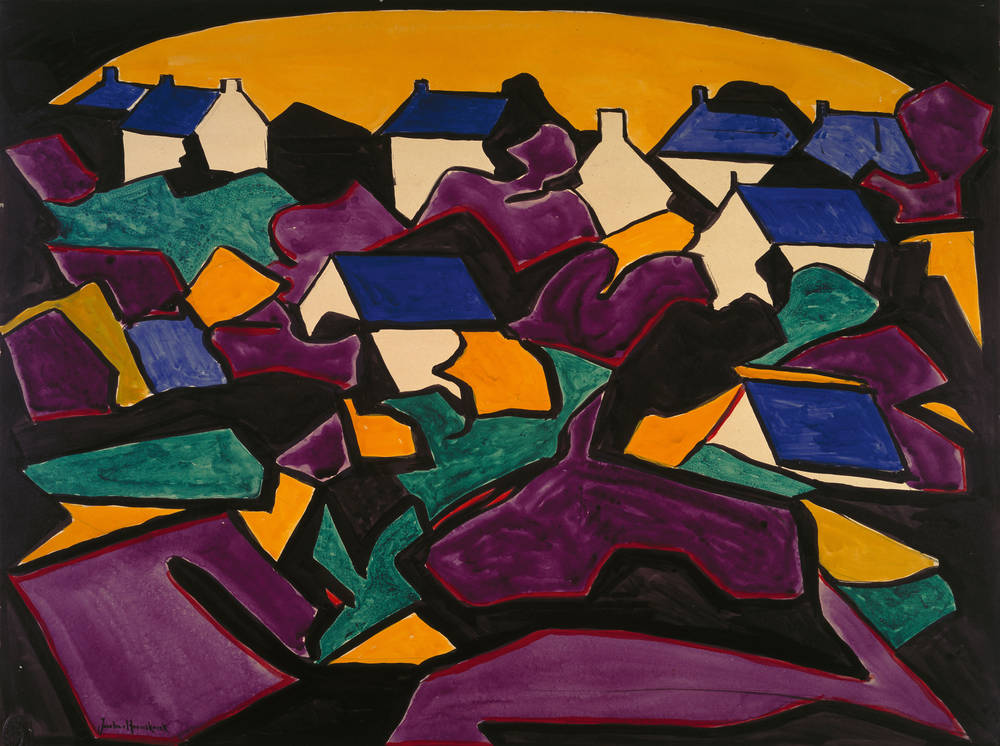
Women’s art: Somehow different?
Yet what is different about the art of women? It’s a question early feminist art history agonized over. Whilst Linda Nochlin clearly believes there is no “feminine style”, the prominent feminist art historian Griselda Pollock examines precisely that: female perspectives in painting. In her essay “Modernity and the Spaces of Femininity”, she attributes the female impressionist painters with an insider’s view, an empathetic approach to their subjects. This is something the male painters, who painted more from the perspective of the consumer and flâneur, did not have. This insider’s perspective, therefore, is a quality of female painters, but she does cede that it is of course linked to the social standing of women at the time. Does a similar principle apply to the STORM women? A tendency towards subjects like interiors or other “protected spaces” is not really evident in the works of the exhibition. Rather, we have works by a new generation of female artists who obviously followed the events of the contemporary art of the day and wanted to play an active role in shaping it, both in cooperation with and also whilst competing against their male colleagues. The exhibition is not afraid to demonstrate that they were often thought incapable of doing just that, all the while proving that they were. A good example here is Marthe Donas, who created a male alter ego for herself in order to forestall sexist prejudice against her work. A damning indictment of her environment indeed, but also proof of the fact that the quality of her works must have matched that of the men. If, however, we look for noticeable differences, it is clear that in a comparison of formats those of the female artists are smaller, and they chose to work on paper more frequently. This hypothesis, albeit worthy of review on a case-by-case basis, could be an indication of more meagre resources and lesser financial success, but could also point to a lack of confidence and therefore a more modest approach. At the same time though, it is often noticeable that with the STORM women, either in spite of or indeed because of their lesser visibility, they demonstrated great artistic independence and a remarkable inventiveness. Thus next to Marianne von Werefkin’s dynamic painting of “Le Chiffonier” (the rag collector), even Emil Nolde’s wildest seascapes appear somewhat domesticated, and the fantastic breadth of the costumes by Lavinia Schulz or the inventiveness of the costume designs by Alexandra Exters make Oskar Schlemmer’s Triadic Ballet seem almost plain by comparison.
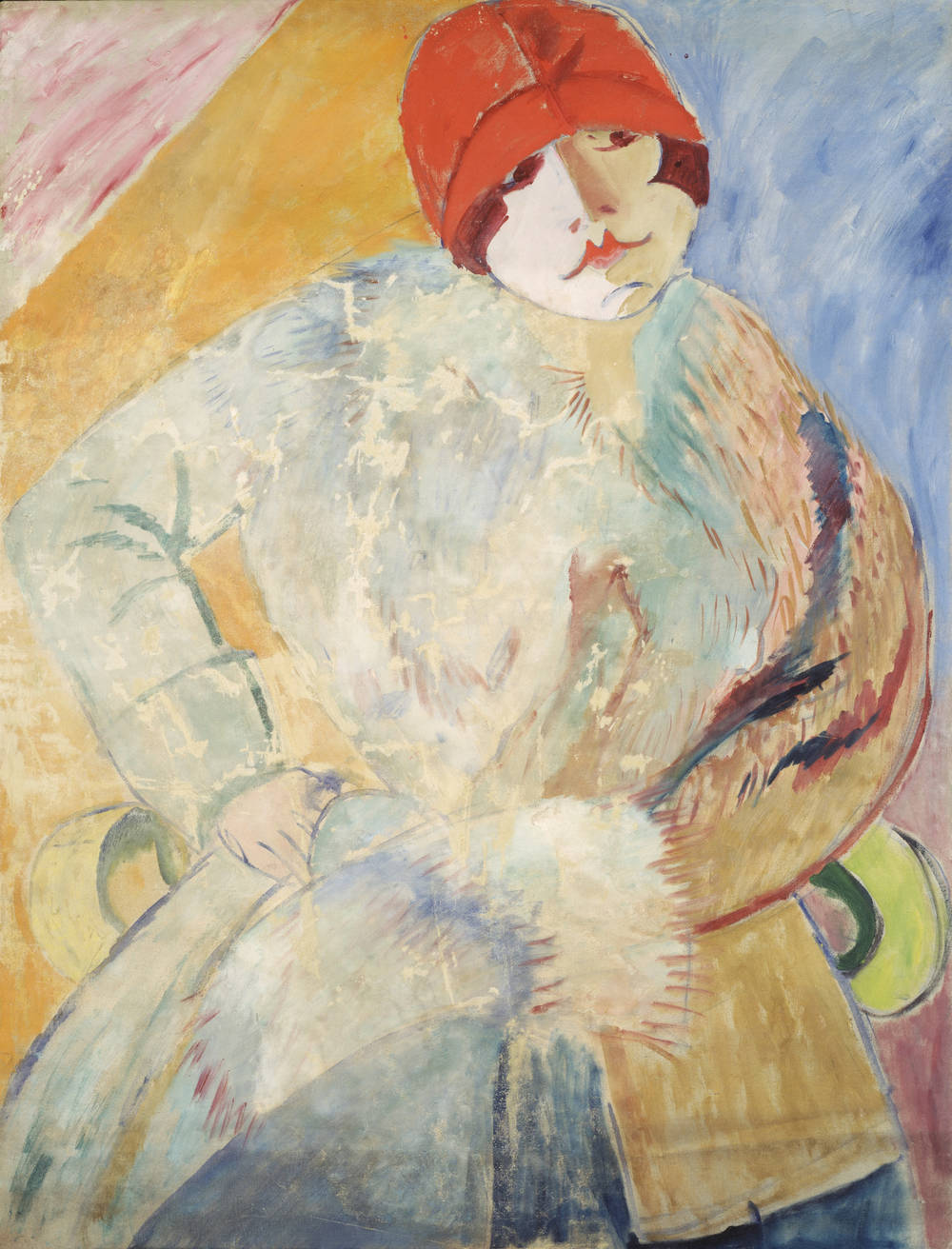
Why all the gossip?
With such strong women whose works speak for themselves, why it is necessary for the extensive texts on the walls of the exhibition to contain so many biographical details and information about personal relationships? We find out who was married to whom, that both relationships with and separations from artists and art patrons were the norm, and that these relationships influenced the careers of the STORM women both positively and negatively. Would we find just as many biographical details in an exhibition of male artists? Would a painting by Kandinsky, for example, bear the explanation, “This is a work by Kandinsky, who was once the partner of Gabriele Münter?” Most certainly not. So why all the gossip? Because it’s typically feminine? Again: most certainly not. On the one hand, how much of the artist’s biography a work requires is a matter of art-historical belief. On the other, these texts make it clear that these women, with all their creative freedom and independence, were often in relationships of clear dependence to a greater or lesser extent. It is problematic certainly when this forces artists to abandon their activities, as was sometimes the case, for example, for Marianne von Werefkin. But relationships are not automatically a negative thing; even today networking and back channels are staples of the art world – regardless of how much we might like to think otherwise. The texts on the walls confirm precisely that and, at the same time, give an exciting insight into the Europe-wide network both the male and female artists of the STORM were a part of.
The long road to equality
On the road to equality and equal opportunities for the sexes in the art world, there is no prescribed path, but rather many different ways that can lead to the destination. Actions like the Guerilla Girls are just as much a part of this as solo exhibitions of outstanding female artists, and even “quota exhibitions” like that of the STORM women. A role-model when it comes to unquestionable equal treatment of male and female artists is Herwarth Walden, as he apparently made no discrimination in incorporating women into his gallery and his exhibitions. In light of this, his central role in the exhibition is more than justified. Even the exhibition itself can be interpreted as pioneering on the way to a new automatic acceptance, since it avoids polarisation. Feminist declarations of war are as little in evidence as the stylization of the artists as heroines forced into clichéd roles by society. Rather, there is an attempt to present an art network, the STORM, with a focus on its female members. This happens by way of addition to and correction of the image of the STORM that already includes its male artists. This is an image that is not ignored or negated in the exhibition concept, but instead is represented in the wall texts and may also arise in the associations made by the visitors. Now that we have this exhibition before us, it seems that it was high time such an exhibition was created in order for our image of the STORM to become a little more complete. As with the female impressionists, here too, now that these female artists have been shifted back into view, we may hope that they will appear in future exhibitions on the STORM and on expressionism without any quotas required, or, if this is not the case, that their absence will be perceived as a gaping hole by eagle-eyed visitors.
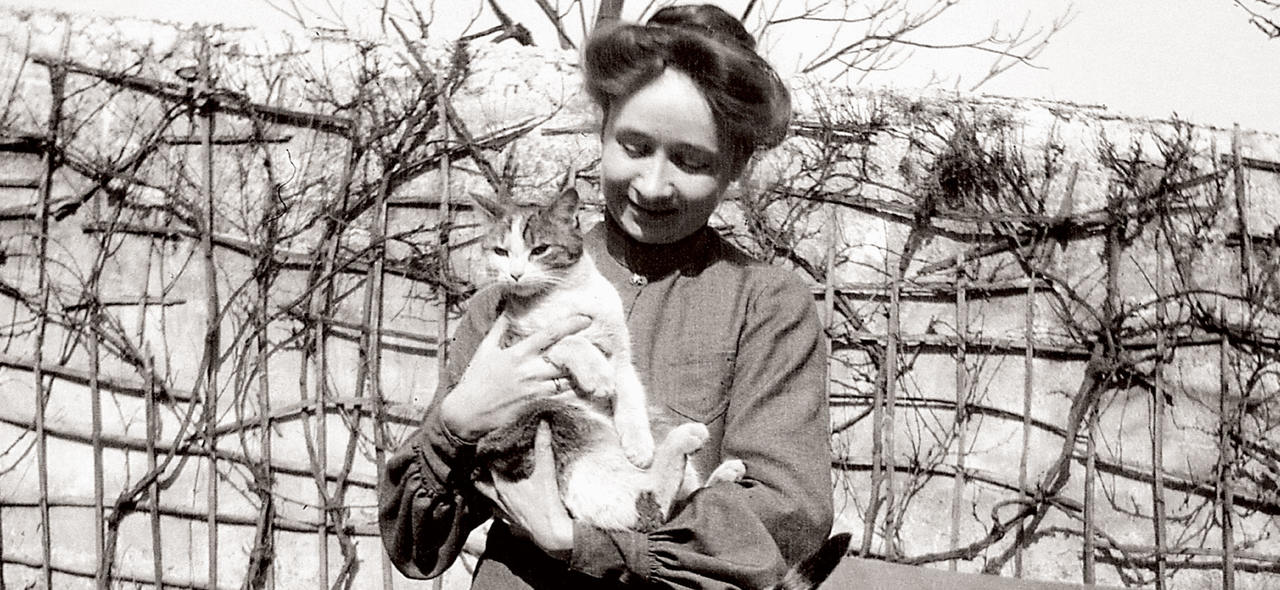
I am myself: Gabriele Muenter
Contrary to social norms, the STURM artist Gabriele Münter lived her life totally independently and became a co-founder of one of the most important...
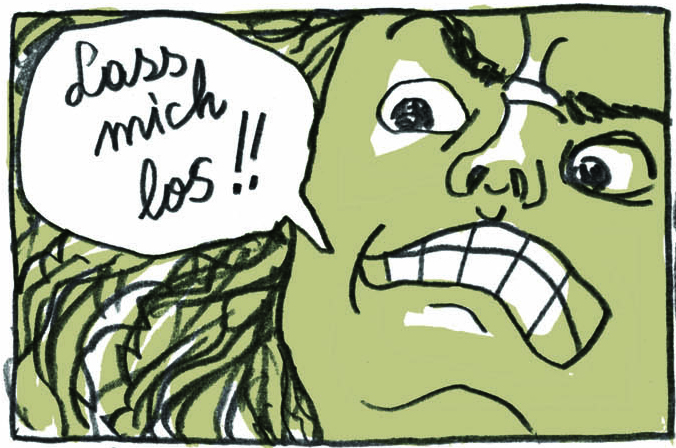
Between Wonder Woman, Underground & Graphic Novel
An industry that is now increasingly addressing female-oriented themes too: American Alison Bechdel and Berliner-by-choice Ulli Lust are two women in...
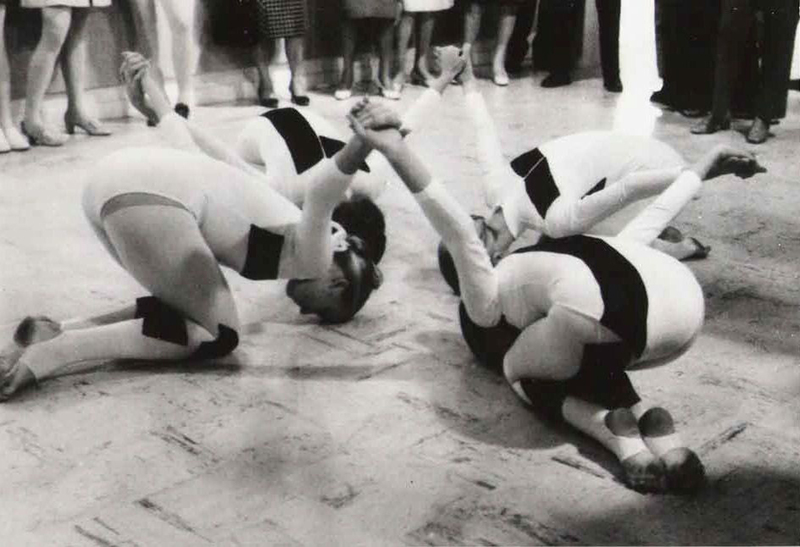
STORM WOMEN of today: Channa Horwitz
During her life-time US artist Channa Horwitz was hardly noticed in an art world dominated by men. Yet her tender and precise pieces were well ahead...
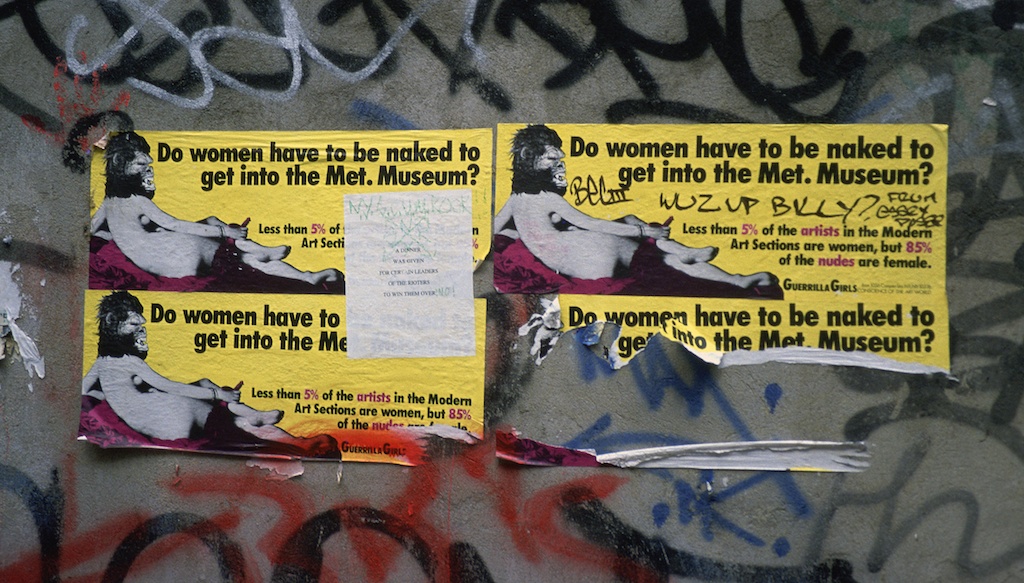
„Your body is a battleground“
Women in art: For a long time women in art were only seen on the canvas. The role of the woman as artist and creative mind has been slowly but surely...